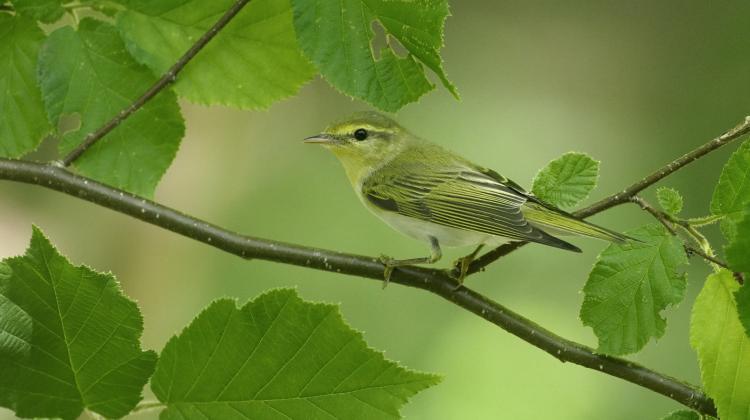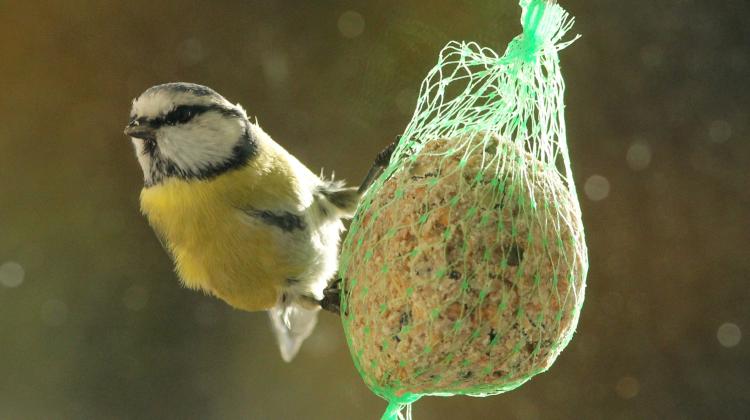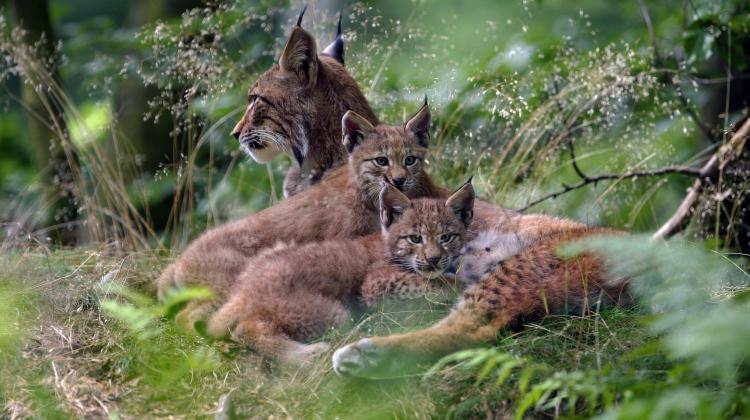How do birds learn to recognize threats?
 Photo: Fotolia
Photo: Fotolia
Different signals, including sounds, may indicate impending danger. The ability to recognize them is key to surviving in nature. But we still do not know how animals learn to recognize them. Will the research of a scientist from the Adam Mickiewicz University change that?
There is no point denying: life in the wild is full of dangers, and predation is one of the biggest threats. A moment of inattention is often enough to become someone`s meal. To protect themselves from this, animals must constantly assess the risk and adjust their behaviour to the situation.
Threats can be recognized in various ways, for example by observing tracks in the surroundings or by listening to sounds made by predators.
But how does potential prey learn that certain sounds mean imminent danger? Dr. Jakub Szymkowiak, ornithologist from the University of Adam Mickiewicz in Poznań investigates this issue.
He explains that in nature there are two basic mechanisms of learning: through own experience and through observation of others. "In the case of avoiding predation, learning through own experience is a risky strategy that requires direct contact with the predator" - the researcher explains. "Therefore, animals often use an alternate strategy called social learning" - he adds.
It is learning based on observation of how other individuals react - of both own and different species. If a sound or object causes anxiety in others, the animal may learn to be afraid of it, even if it treated the object as neutral before.
However, while the mechanisms behind learning the "visual" threat detection are quite well understood, so far researchers have not paid attention the question: how do animals acquire knowledge about sounds that signal danger?
Sound signals also alert about potential threats. Meanwhile, the question of how animals learn to recognize these sounds is completely untouched by scientists. Dr. Szymkowiak wants to change this by studying wood warblers.
"Wood warbler - a small singing bird - is a fantastic model species in such research" - he says. His previous research (http://naukawpolsce.pap.pl/aktualnosci/news%2C31308%2Cdr-jakub-szymkowiak-autorem-najbardziej-inspirujacej-pracy-nt-ptakow.html) has shown that in the selection of territory, they use information gained through observation of other individuals. "And this means that they are capable of using such information!" - the researcher emphasises.
Wood warblers do not like to return to the same places. After each wintering in Africa, in summer they end up in completely different regions of Europe. "The bird that is in Poland this year may fly to France or the UK next year" - says the ornithologist. "Every year, in each forest new birds appear that know nothing about it. For this reason, in order to survive and successfully breed, warblers had to develop different strategies for acquiring information and rapid learning".
These mechanisms will be more prominently displayed in the case of wood warblers, but the research results will also apply other animal species. "Generally speaking, these mechanisms are also observed in other species. Listening for predators, learning from other individuals - these behaviours are common in the animal world" - says Dr. Szymkowiak.
Experiments conducted by Dr, Szymkowiak and his colleagues will consist of three stages. First, researchers will play a new, unknown sound for wood warblers and make sure that the birds do not react to it. Then the researchers will try to teach the birds to fear of this sound by simultaneously playing the new sound and alarm voices of other wood warblers or other animal species. After a series of trainings, they will test the reaction of wood warblers to the aforementioned sound again.
The results of research can be used, for example, in endangered species animal reintroduction programs. "The problem with these programs is that they often end in failure. The mortality rate of individuals released into the wild is very high and the main cause is predation" - says Dr. Szymkowiak. He explains that animals raised in artificial conditions are unable to recognize threats in nature.
Programs, in which animals learn to recognize the main predators, with which they will have to coexist in the natural environment, have much higher success rates. "The same could be done with learning the sounds of predators - once we know more about this mechanism" - adds Dr. Szymkowiak.
The scientist emphasizes that the importance of research into social learning is much broader. "Social learning is often also called a cultural message, and as such it lies at the core of our human culture. By studying these types of mechanisms in animals, we can also learn more about ourselves" - he emphasises.
PAP - Science in Poland, Katarzyna Florencka
kflo/ zan/ kap/
tr. RL
Przed dodaniem komentarza prosimy o zapoznanie z Regulaminem forum serwisu Nauka w Polsce.



















